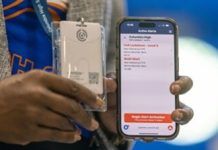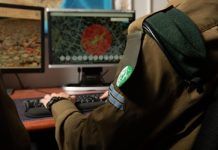Alphabet Inc’s Google unit won approval from US regulators to deploy a radar-based motion sensing device known as Project Soli. The Federal Communications Commission (FCC) said in an order that it would grant Google a waiver to operate the Soli sensors at higher power levels than currently allowed. The FCC said the sensors can also be operated aboard aircraft.
The FCC said the decision “will serve the public interest by providing for innovative device control features using touchless hand gesture technology.” Google said in documents filed with the FCC that the effort emerged from the work of Google’s Advanced Technology and Projects group that focuses on the development of mobile technologies. The FCC said the Soli sensor captures motion in a three-dimensional space using a radar beam to enable touchless control of functions or features that can benefit users with mobility or speech impairments.
Google says the sensor can allow users to press an invisible button between the thumb and index fingers or a virtual dial that turns by rubbing a thumb against the index finger. In a video on its website, Google said a user could operate a smartwatch, scroll through music or adjust the volume by simple motions, using the system. Google added that the radar signal could penetrate fabrics, enabling controls that could work in a pocket or a backpack.
The company says that “even though these controls are virtual, the interactions feel physical and responsive” as feedback is generated by the haptic sensation of fingers touching.
Google says the virtual tools can approximate the precision of natural human hand motion and the sensor can be embedded in wearables, phones, computers and vehicles.
In March, Google asked the FCC to allow its short-range interactive motion-sensing Soli radar to operate in the 57- to 64-GHz frequency band at power levels consistent with European Telecommunications Standards Institute standards.








